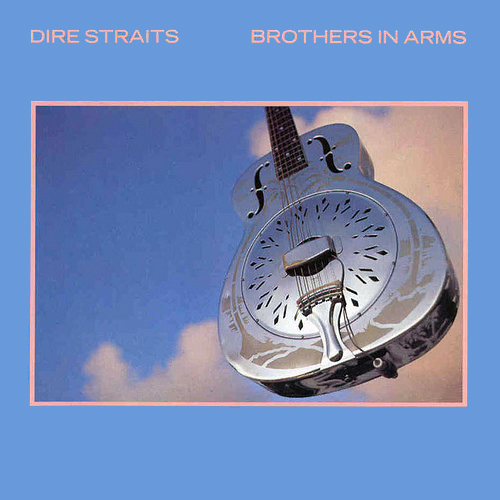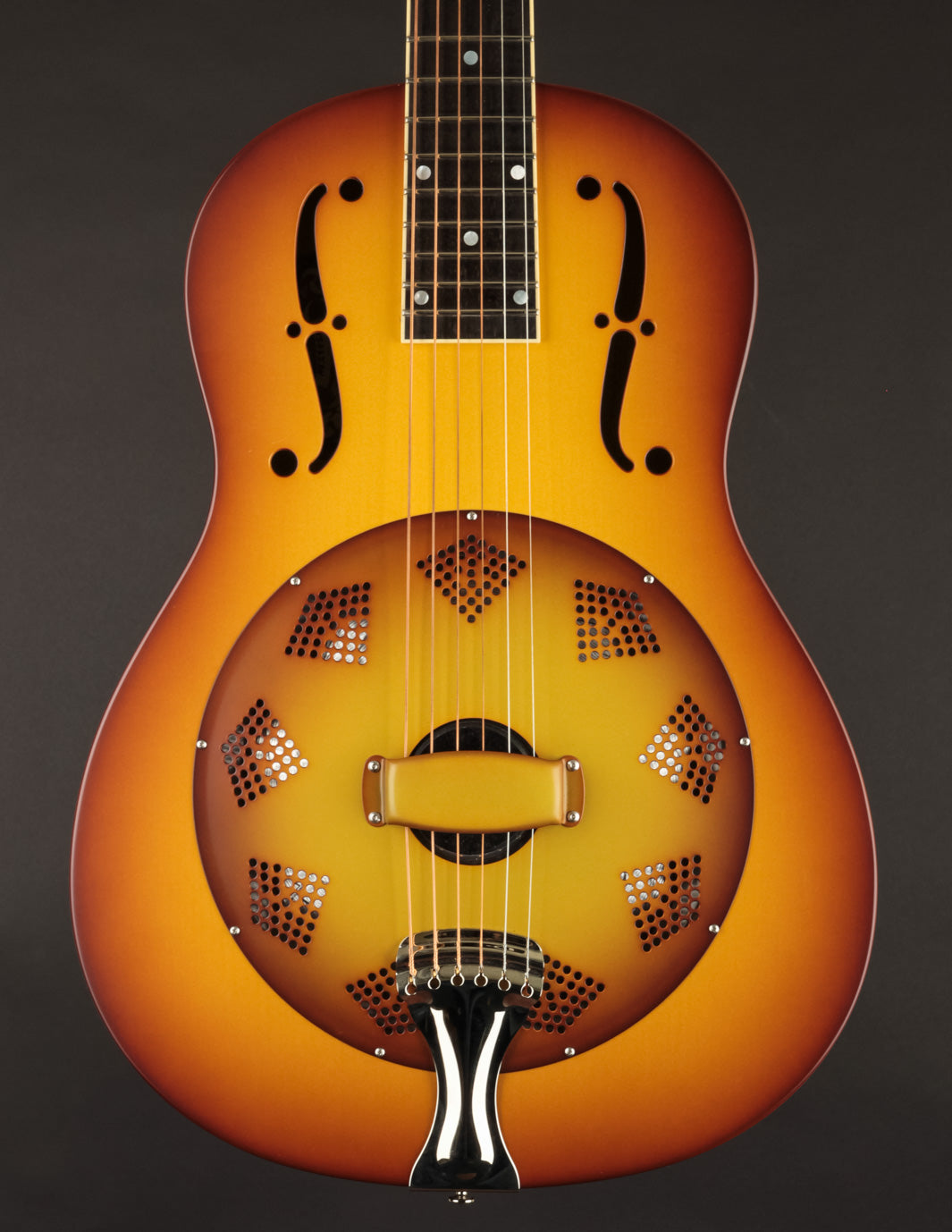

In 1970 they again acquired the Dobro trademark, Mosrite having gone into temporary liquidation. In 1967, Rudy and Emile Dopyera formed the Original Musical Instrument Company (OMI) to manufacture resonator guitars, first branded Hound Dog. entry into World War II in 1941.Įmile Dopyera (also known as Ed Dopera) manufactured Dobros from 1959, before selling the company and trademark to Semie Moseley, who merged it with his Mosrite guitar company and manufactured Dobros for a time. However, they ceased all resonator guitars production following the U.S. National Dobro, Hound Dog, and Gibson Īfter much legal action, the Dopyera brothers gained control of both National and Dobro in 1932, and subsequently merged them into the "National Dobro Corporation". At this point, both companies sourced many components from Adolph Rickenbacker, including the aluminum resonators. Single resonator models used a wooden biscuit at the cone apex to support the bridge.

Both National single and tricone resonators remained conical, with their convex surfaces uppermost. They also continued to produce the tricone design, which many players preferred for its tone. National countered the Dobro with its own single resonator model, which Dopyera had designed before he left the company. Cutaway body styles may truncate or omit the lower f-hole.ĭobro-style "spider" resonator on a Hohner guitar (cover removed)

The older tricone design has irregularly shaped sound holes. In the case of single-cone models, the sound holes are either both circular or both f-shaped, and symmetrical. Typically there are two main sound holes, positioned on either side of the fingerboard extension.

The body of a resonator guitar may be made of wood, metal, or occasionally other materials. Many variations of all these styles and designs have been produced under many brand names. The single inverted-cone design (also known as a spider bridge) of Dobro brand instruments and instruments that copy the Dobro design.The single-cone "biscuit" design of other National instruments.The tricone, with three metal cones, designed by the first National company.Round-necked guitars played in conventional guitar style or steel guitar style.Square-necked guitars played in lap steel guitar style.They became prized for their distinctive tone, however, and found life with bluegrass music and the blues well after electric amplification solved the problem of inadequate volume. Resonator guitars were originally designed to be louder than regular acoustic guitars, which were overwhelmed by horns and percussion instruments in dance orchestras. A resonator guitar or resophonic guitar is an acoustic guitar that produces sound by conducting string vibrations through the bridge to one or more spun metal cones ( resonators), instead of to the guitar's sounding board (top).


 0 kommentar(er)
0 kommentar(er)
